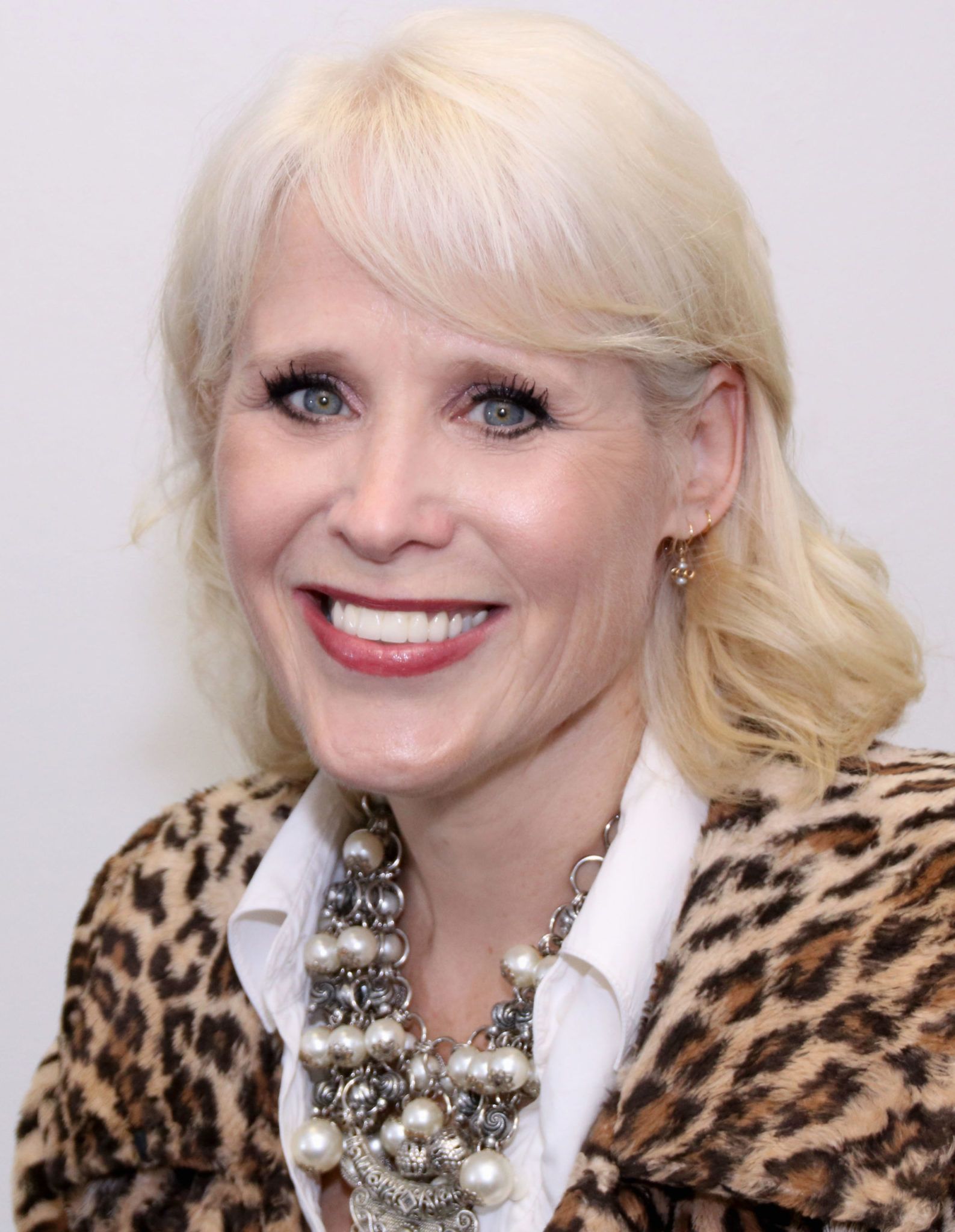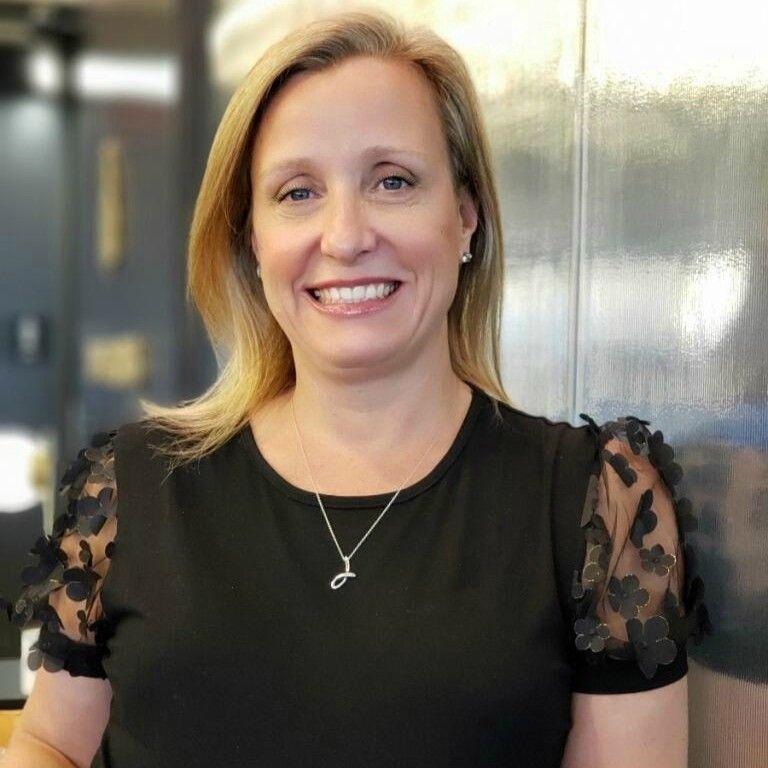In times of uncertainty, we automatically look to see what is new that can help us adapt. It is a marketing technique to add “new,” and “improved,” to products as we perceive this as positive. We are looking for answers, during this time, to help our business continue, or get back to, flourishing. The good news is that there are basic business tenets that have stood the test of time and can help us figure out where we are and plot the way forward. One of those tools is the SWOT Analysis. Once we have a handle on our Strengths, Weaknesses, Opportunities and Threats, the upward trajectory becomes clearer and you can easily see the path.
Get with your senior team and devise a plan to do this throughout your organization.
It will bring your team together and they will, as a group, see exactly where your organization is positioned and where it needs to go. When your team is engaged, focused and galvanized, productivity always improves and turnover decreases. These conversations are especially helpful if your team has gone remote.
Start with your department heads and have them talk with their teams. Doing this at a senior level first can put limitations on this, as you want to get feedback from your team without directing it.
Ask your team questions and have them give you answers, then compile these and move up through the layers of leadership to your senior team with this information. This is a bottom-up approach.
As you do the SWOT Analysis, you need to examine the following:
- Customer needs
- Customer service differentiators
- Understanding who the customer is, the target market and the opportunity customers
- People in the right places, doing the right things, at the right time
- Working conditions and environment
- Values of the organization, relative to results
- Internal communication
- Competition advantages and disadvantages
- Supplier/vendor/partner relationships
- Efficiency of processes
- Proper technology, and tools, to get the job done
- Products and services offered
- Adaptations needed for products and services
- Marketing effectiveness
- Marketing message
- Mission and vision on target
- Company strategy with goals & objectives
One more component of this is to reach out to your clients and customers. Ask them no more than five questions about what they need right now and anticipate what they will need. Your conversation shows how much you care and gives you direct feedback that has not been filtered; you will have heard the emotion in their communication too.
Essentially, you are getting three exceptionally large projects done with this. The first is getting feedback from your team and being clear that you value their feedback. The second is that you now have a big picture analysis of your organization, how it is positioned and how to move forward. The third is that you have the awareness of exactly what your clients, and customers, need. You know what your needs are, where you are well positioned and what to look out for as you persist.
This does not need to be a science project with hours and hours spent on it.
Prep your leaders to have the right conversations and create the environment of trust and it will quickly flow.
When you have your SWOT Analysis done, the pathway is clear and obstacles have been identified. Move forward with confidence to greater productivity, engaged employees, happy customers and a stronger bottom line.
Patty Soltis works as a strategist, with a specialty in customer-centric organizations, to achieve peak performance and actionable, measurable plans: identify growth opportunities, leverage available resources and galvanize, and inspire, teams at all levels with an innovative entrepreneurial approach and best practices. Reach her at [email protected]










